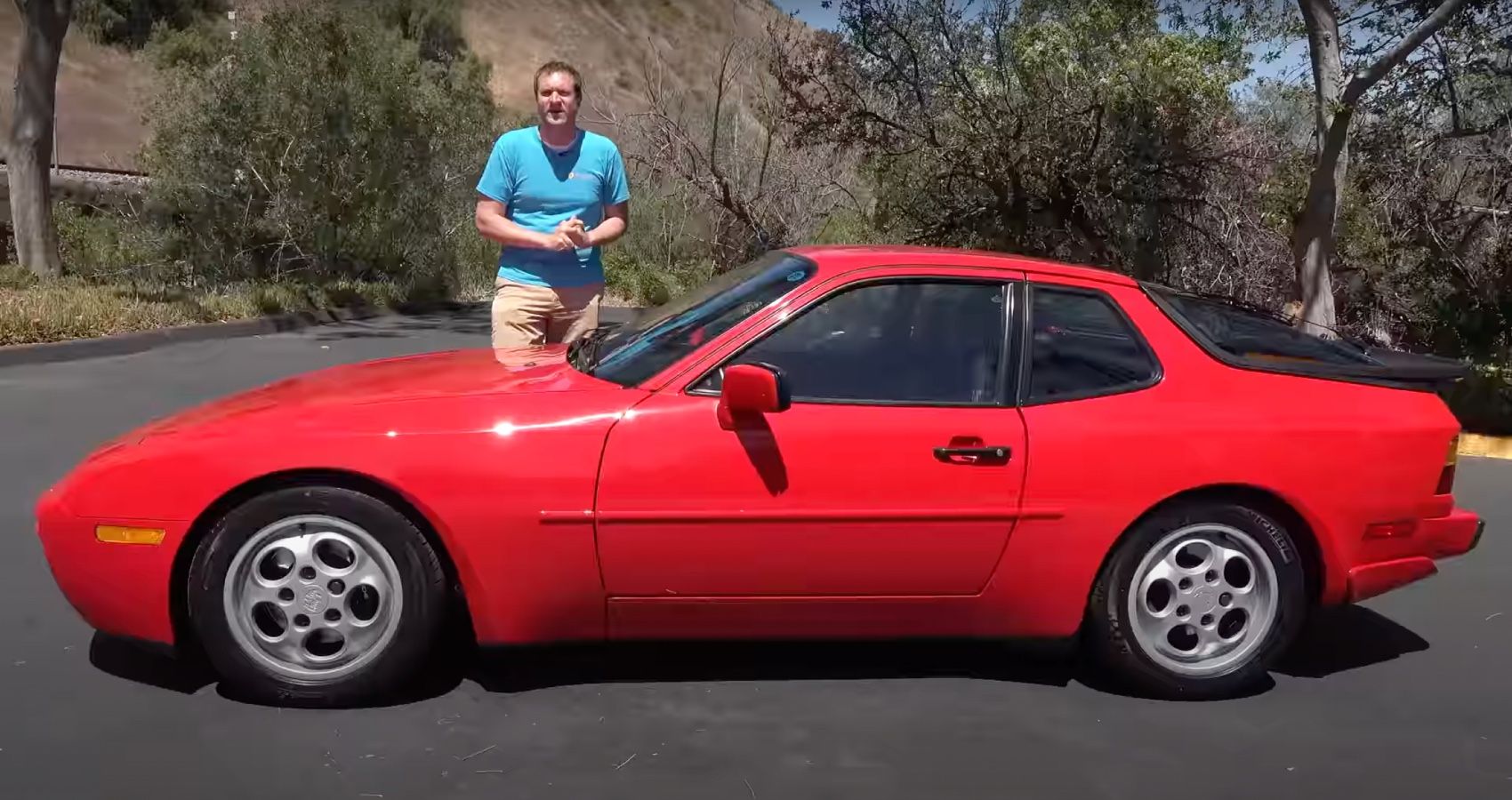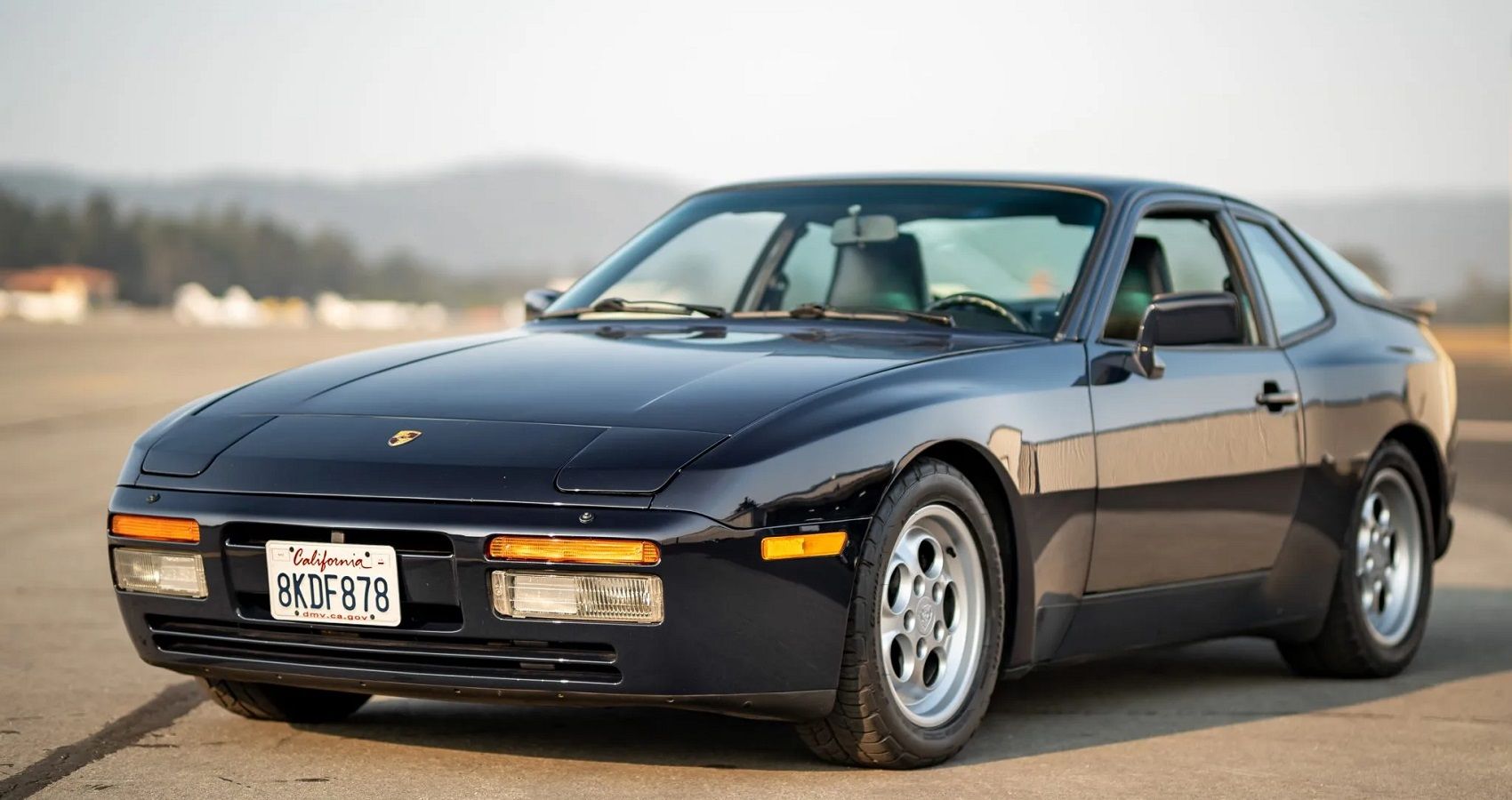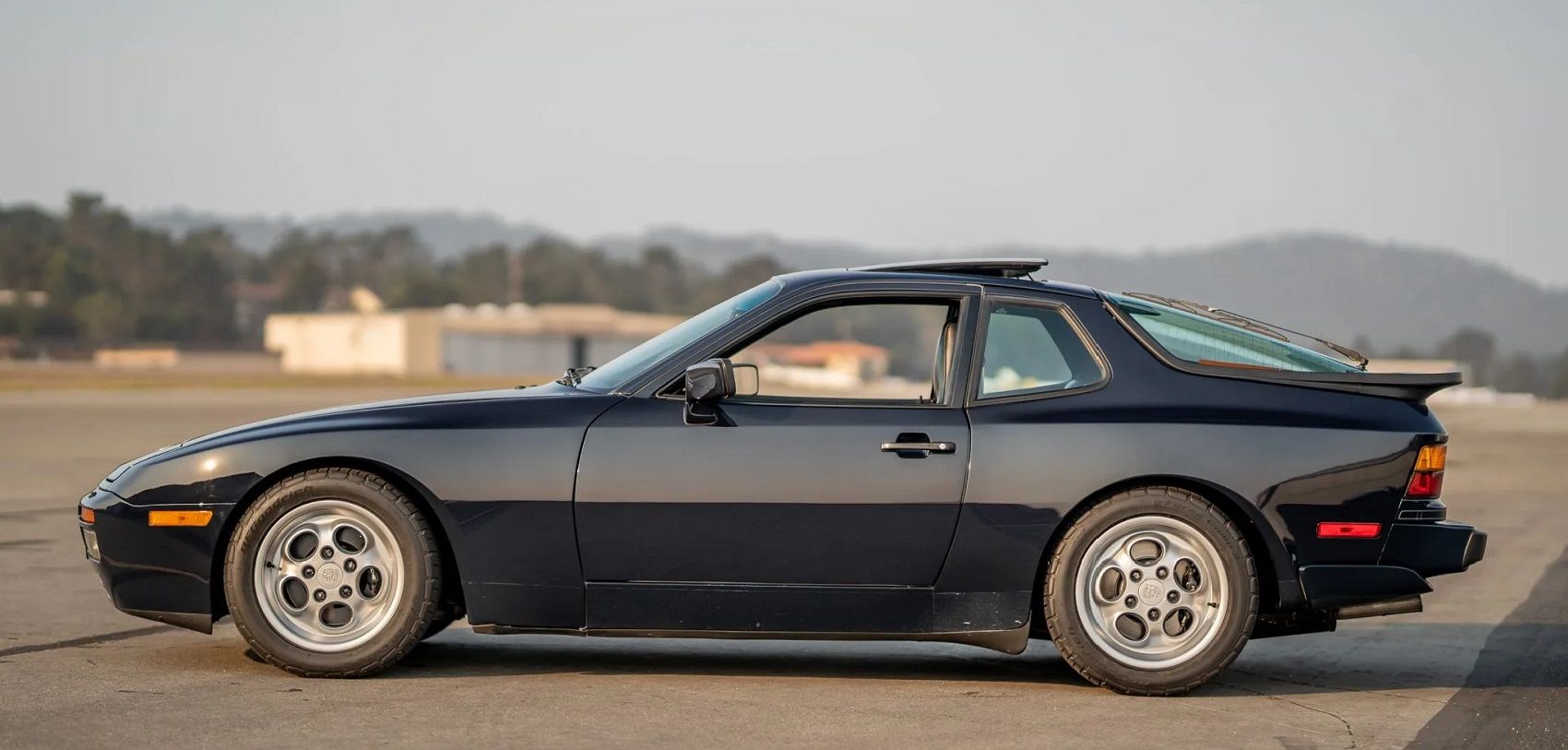When people talk about classic Porsches, 904, 906, 908, and 917 almost always lead the conversation. However, one of the least talked about Porsches is the 914. While many overlook the 914 for being rather unconventional, among Porschephiles however, it is considered to be Porsche’s first true entry-level offering and the granddaddy to the brand’s now-popular Cayman.
As a replacement for the 914, Volkswagen-Porsche decided to develop a prototype, which through corporate drama, ended up being the Porsche 924. Further development of this mid-level offering led to the 944—a four-pot-front-engined-rear-wheel-drive Porsche. Subsequently, many iterations of the 968’s predecessor came about, which included the 944 Turbo, 944 Turbo S, 944 S, and the 944 S2.
Although the 944 became Porsche’s most successful model prior to the Boxster and 911 Carrera, it didn’t go down in the history books as one of the greats. Regardless of what you think, the 944 is every bit a Porsche, and owning one is something a gearhead would look forward to. Further cementing this claim is Doug DeMuro, calling the 944 criminally underrated, especially the 944 Turbo.
Let’s Better Understand the Porsche 944, Starting From Its Inception
As mentioned, the Volkswagen-Porsche partnership needed a new model to replace the 914. However, Volkswagen decided to brand the product under Audi as part of their partnership, which led to Porsche making its own version. The project was codenamed EA-425, and development began fairly soon.
However, Volkswagen then came forth stating it’s an exclusive product. This meant Porsche couldn’t develop its version for the 914’s replacement. Further down the line, the project was canceled, citing financial losses and extremely high costs for developing cars from the ground up.
Porsche soldiered on and bought the project from Audi, completing its development by 1976. The new Porsche 924, as it was called, had a rather nifty piece of fuel injection kit sourced from Bosch. The reviews were positive, but Porschephiles complained the 924 lacked prestige and power, blaming the Audi-sourced 2.0-liter engine.
Porsche went on to develop a more refined version of the 924 with much of the same chassis, except for the engine. This time Porsche scrapped the Audi 2.0-liter, developed a 2.5-liter inline-4, plonked it inside the 924 chassis, and called it the Porsche 944.
Where Does the Porsche 944 Turbo Stand In the Lineup?
With the arrival of the Porsche 944, enthusiasts were pleased as it represented the brand rather well. This time around extensive development gave rise to the 2.5-liter that now puts out 147 horsepower. In essence, the engine in the 944 was half of the 928's 5.0 L V8, although very few parts were actually interchangeable.
Transmission duties were dealt with a 5-speed manual gearbox. To get rid of the inherent flaws of a four-cylinder motor, Porsche introduced two counter-rotating balance shafts running at twice the engine speed. This made the four-cylinder engine feel as smooth as a six-cylinder unit. Later variants came in the form of the 944 S with 187 horsepower instead of 147.
Just a year prior to the introduction of the 944 S, Porsche came out with the 944 Turbo. This was an incremental leap in power as the turbo-equipped Porsche 2.5-liter motor now churned 220 horsepower. The Turbo also featured a lot of chassis upgrades in the form of large multi-piston Brembo brakes from the 911 Turbo, a body kit with a better integrated front bumper and rear underbody spoiler, stiffer suspension, and a stronger five-speed gearbox.
In 1989, Porsche introduced the 944 S2 with a 208 horsepower 3.0-liter inline-4 to replace the 944 S, and by now, the Turbo produced 247 horsepower, sharing space with a Turbo S that came with a superior chassis.
What Does Doug DeMuro Think?
One of the trademarks of Porsches is their ability to be dynamically superior to its competitors. The 944 with its front-engined rear-drive layout is no exception, reports Doug. Being a fairly light car, at around 2600 pounds, the 944 is a Porsche through and through. Porsche has been known to nail the steering geometry, and the 944’s unit is as raw as it gets.
Couple that with the 5-speed manual gearbox, and the experience on offer is truly exhilarating, especially in the 944 Turbo. Although the engine isn’t the most powerful by modern standards, the overall package proves rather promising. The raspy exhaust note is intoxicating in contrast to the muted setup seen in modern-day Caymans and Boxsters.
The exterior and interior design, as pointed out by Doug, are filled with quirks. These range from the oddly-positioned trip reset buttons to power mirror controls to the glass hatch and the rear-mounted flat rubber wing. Overall, the 944 Turbo is a period-correct item, a throwback to the early days of motoring, and one of the most underrated classics in today’s automotive scene.
Sources: Porsche



